

The History of Using Medical Marijuana for Health Problems in Canada
Canada’s relationship with cannabis has a long and complicated history—one that has evolved from prohibition to compassion. For centuries, people have turned to cannabis for its healing potential. Even as modern medicine advanced, many patients continued to believe in its ability to manage pain, nausea, and inflammation when other treatments failed.
In 1923, marijuana was banned under the Opium and Narcotic Drug Act. For decades, it remained illegal, and its medical potential was ignored. Canada also signed on to the 1961 UN Convention, classifying cannabis as a highly restricted substance. But change began when patients started speaking up—none more influential than Terrance Parker, a Toronto man living with epilepsy. His courageous legal fight became the turning point in Canadian cannabis history.
In 2000, the Ontario Court of Appeal ruled that Parker’s right to access medical marijuana was protected under the Canadian Charter of Rights and Freedoms. This historic decision forced the federal government to create the Marijuana Medical Access Regulations (MMAR) in 2001—the first law to permit Canadians to possess and cultivate cannabis for medical use. Patients could either grow their own plants, designate someone to grow for them, or obtain their medicine from Health Canada’s contracted supplier at the time, Prairie Plant Systems.
Prairie Plant Systems became Canada’s first federally licensed producer, cultivating cannabis in an underground mine in Flin Flon, Manitoba. This early program helped prove that controlled, medical-grade cannabis production was possible, paving the way for a modern regulated system. In 2013, Health Canada replaced the MMAR with the Marihuana for Medical Purposes Regulations (MMPR), opening the door for multiple licensed producers (LPs) across the country and moving cultivation into the commercial sector.
When patients successfully challenged their right to continue growing their own cannabis, Health Canada responded with the Access to Cannabis for Medical Purposes Regulations (ACMPR) in 2016. The ACMPR restored the ability for patients to apply for a personal or designated grow licence, regulated through Health Canada. This framework remains the foundation of the current medical cannabis system in Canada, alongside the Cannabis Act that later legalized recreational use in 2018.
Today, Canadians who need medical marijuana can access it through a medical cannabis clinic in Toronto or anywhere across the country by obtaining authorization from a medical practitioner. With an ACMPR personal grow licence, patients can legally cultivate their own cannabis plants for personal medical use—offering both affordability and control over strain selection.
Medical cannabis continues to help Canadians manage conditions like chronic pain, arthritis, Crohn’s disease, anxiety, PTSD, and multiple sclerosis. Through the Grow Vets program, veterans receive free assistance with their medical authorizations and grow licence applications, along with ongoing support for their cannabis journey.
While doctors authorize medical cannabis, they don’t assist with growing or cultivation advice. That’s where experienced cannabis patient educators step in—helping patients understand how to properly grow, harvest, and store their medicine in compliance with Health Canada’s rules.
At GrowLegally, we’ve been part of this history—helping Canadians navigate every stage, from the early MMAR era to the ACMPR today. Whether you’re a new patient, caregiver, or veteran, our team is here to guide you toward safe and legal access through compassionate care and professional support.
If you’re ready to explore whether medical cannabis is right for you, reach out to GrowLegally today to book your free consultation and learn more about your options.
Previous Post
Next Post

Storing Medical Cannabis – Learn how to properly store your cannabis and keep its potency strong.
Go To Post
Before Acquiring Medical Marijuana, Here Are 2 Questions That Your Doctor Is Likely To Ask You (Plus a Bonus One!)
Go To Post

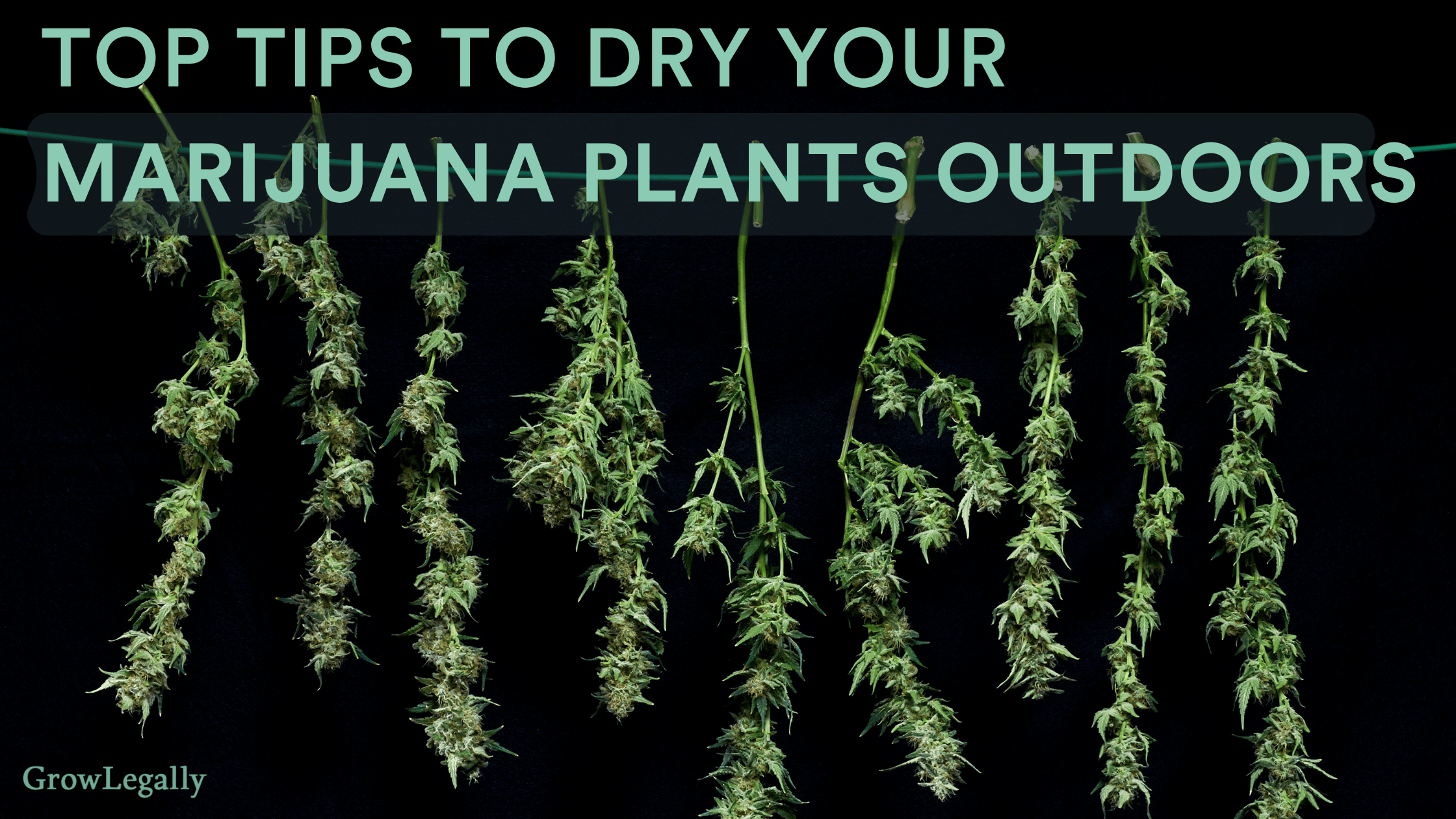

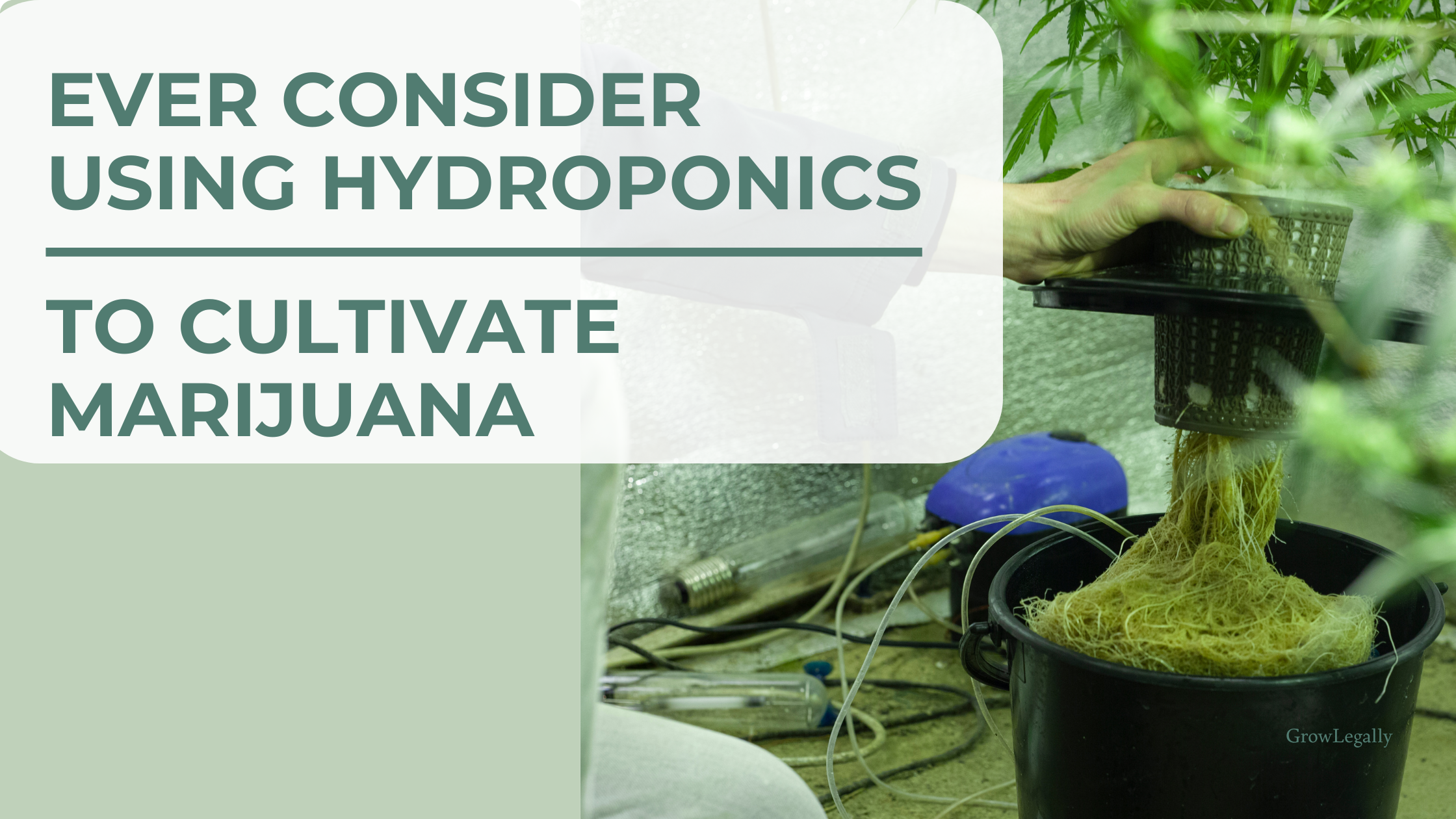
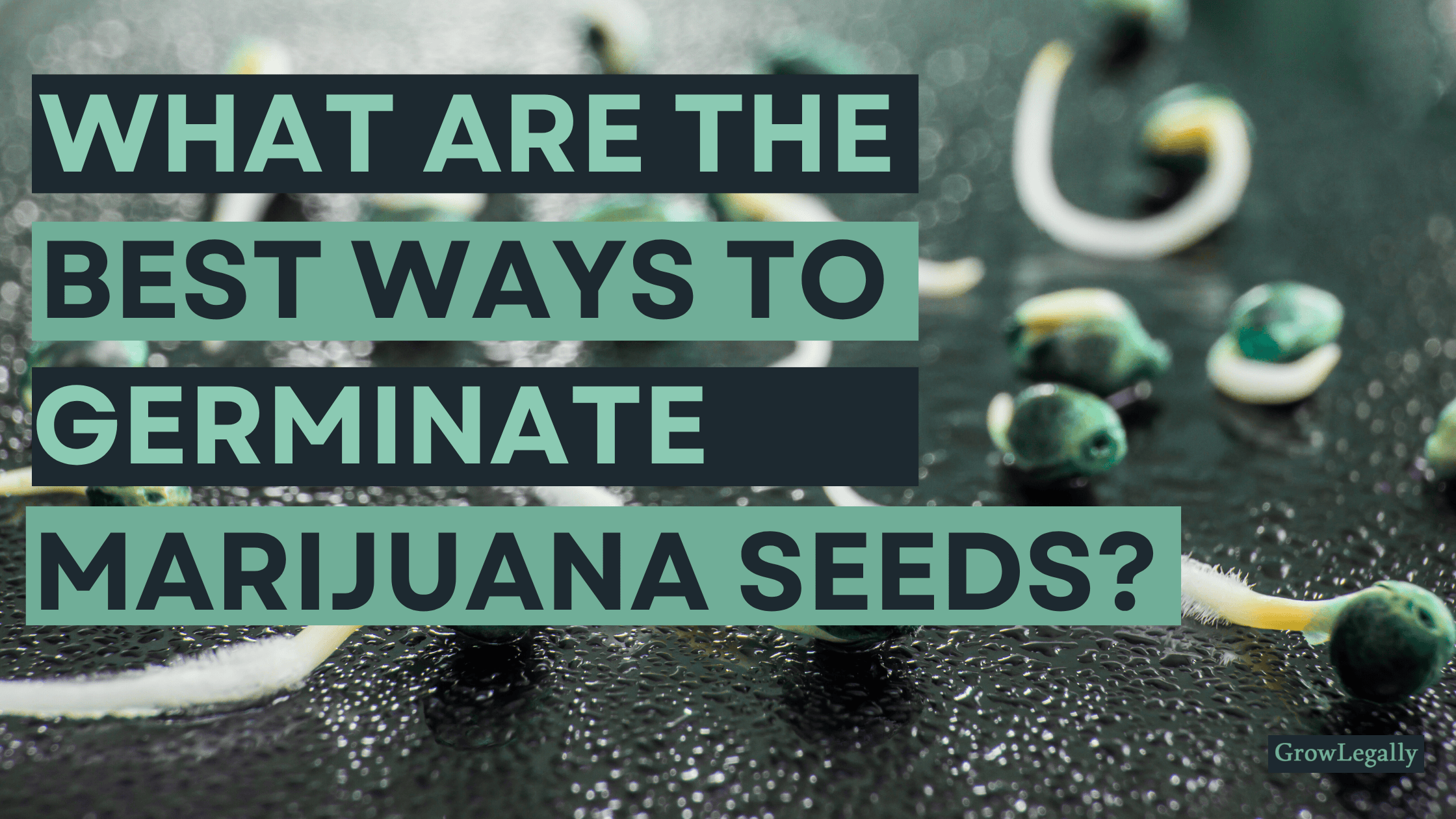
.png)
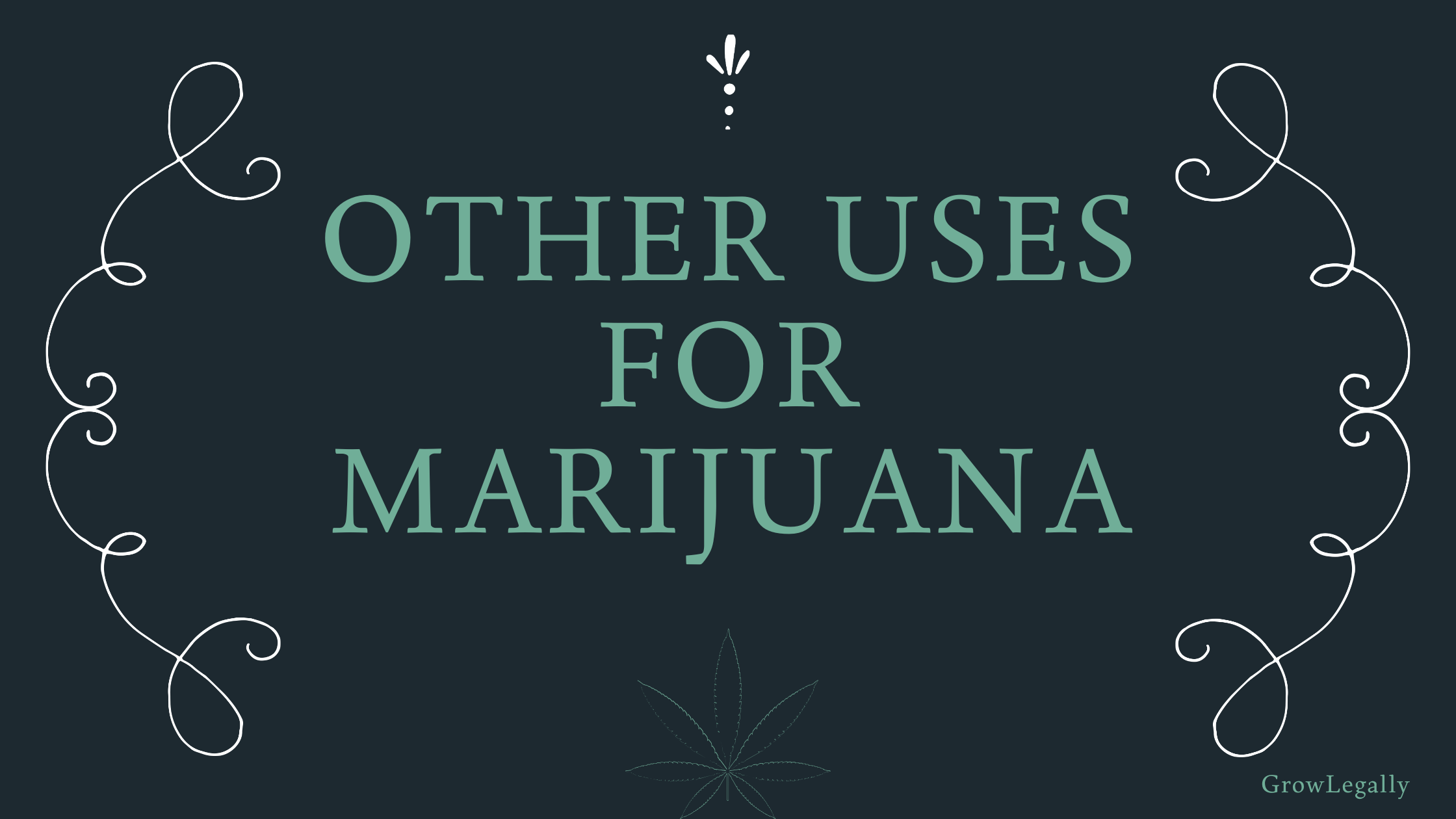

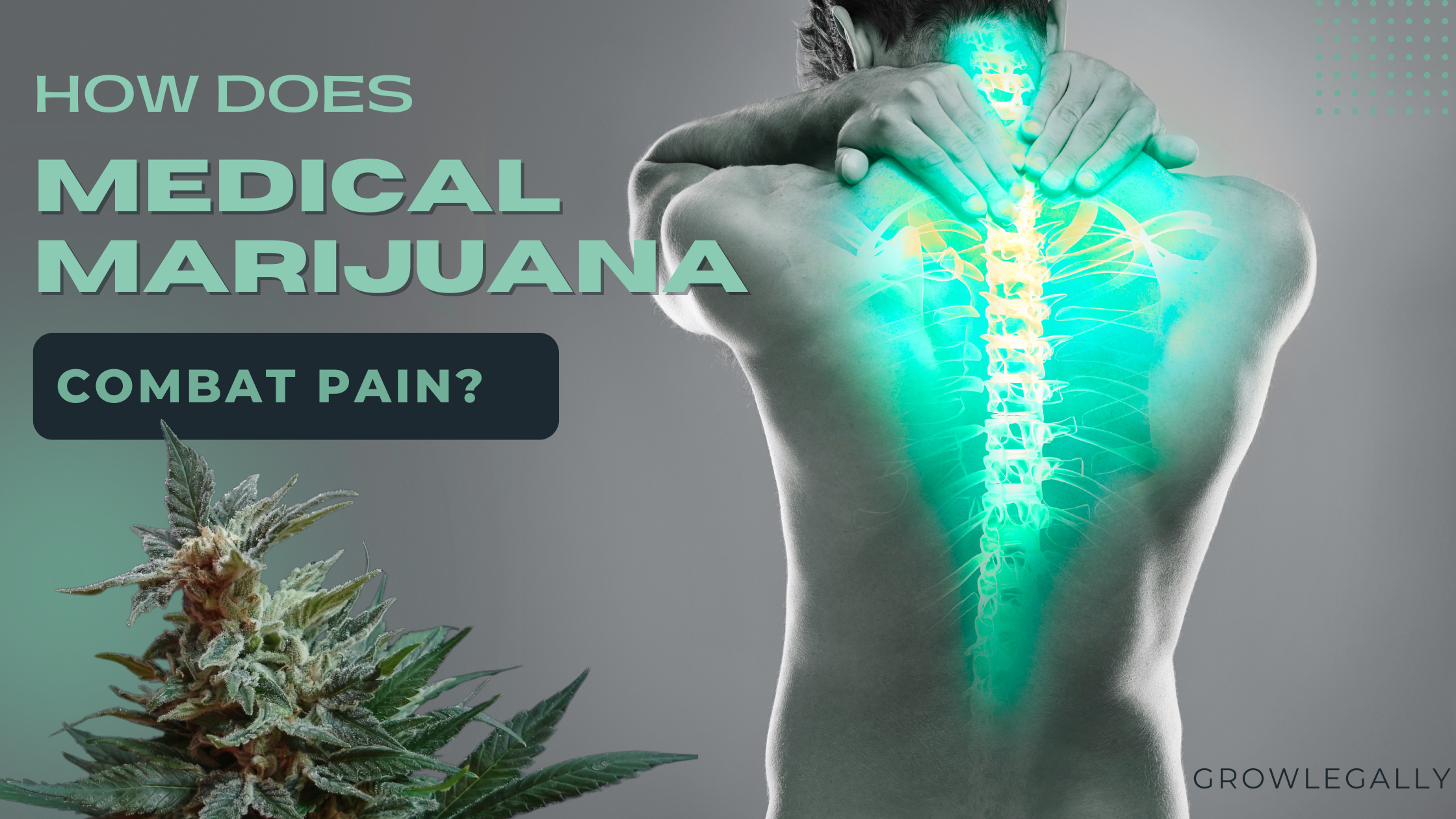
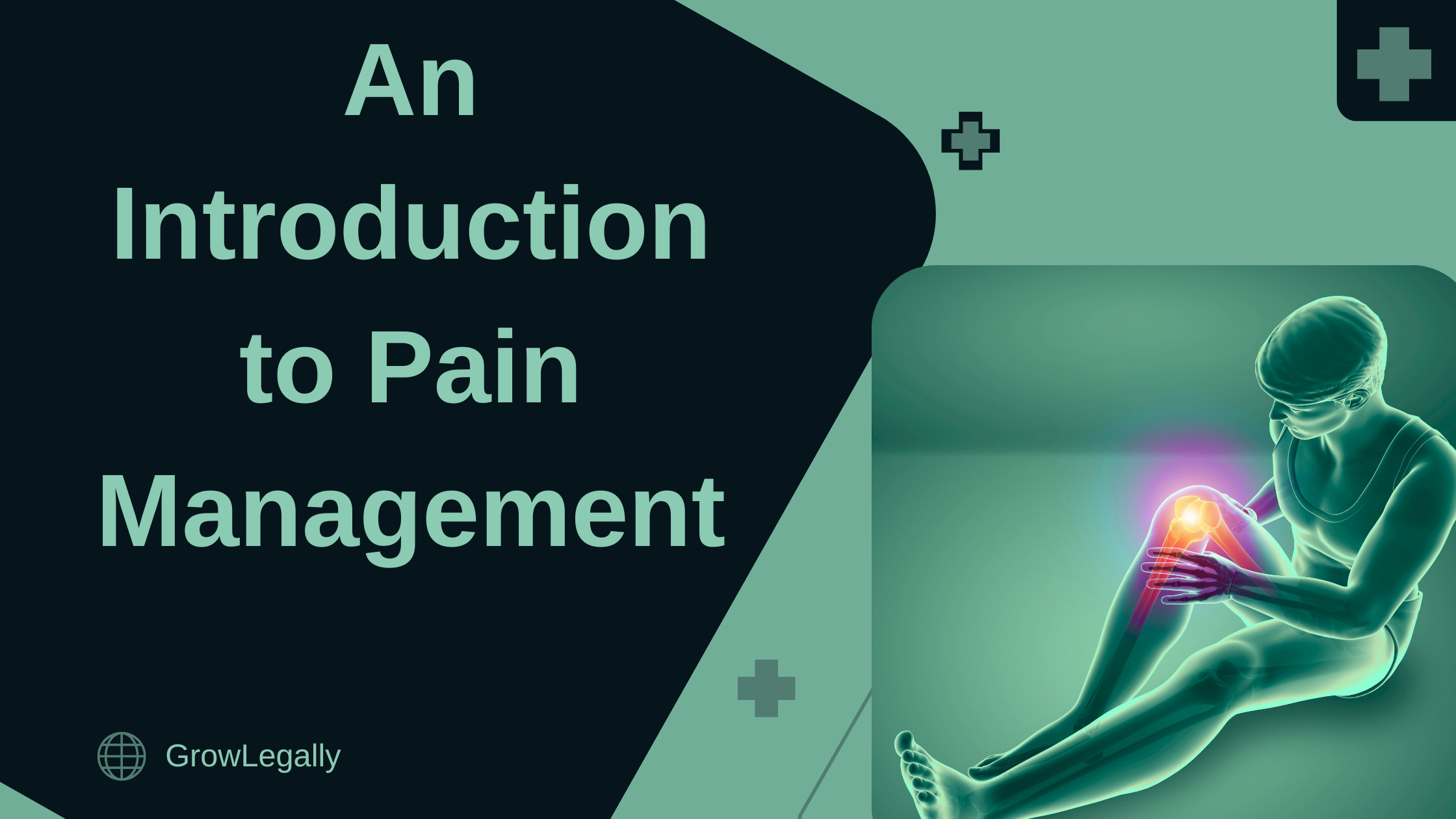

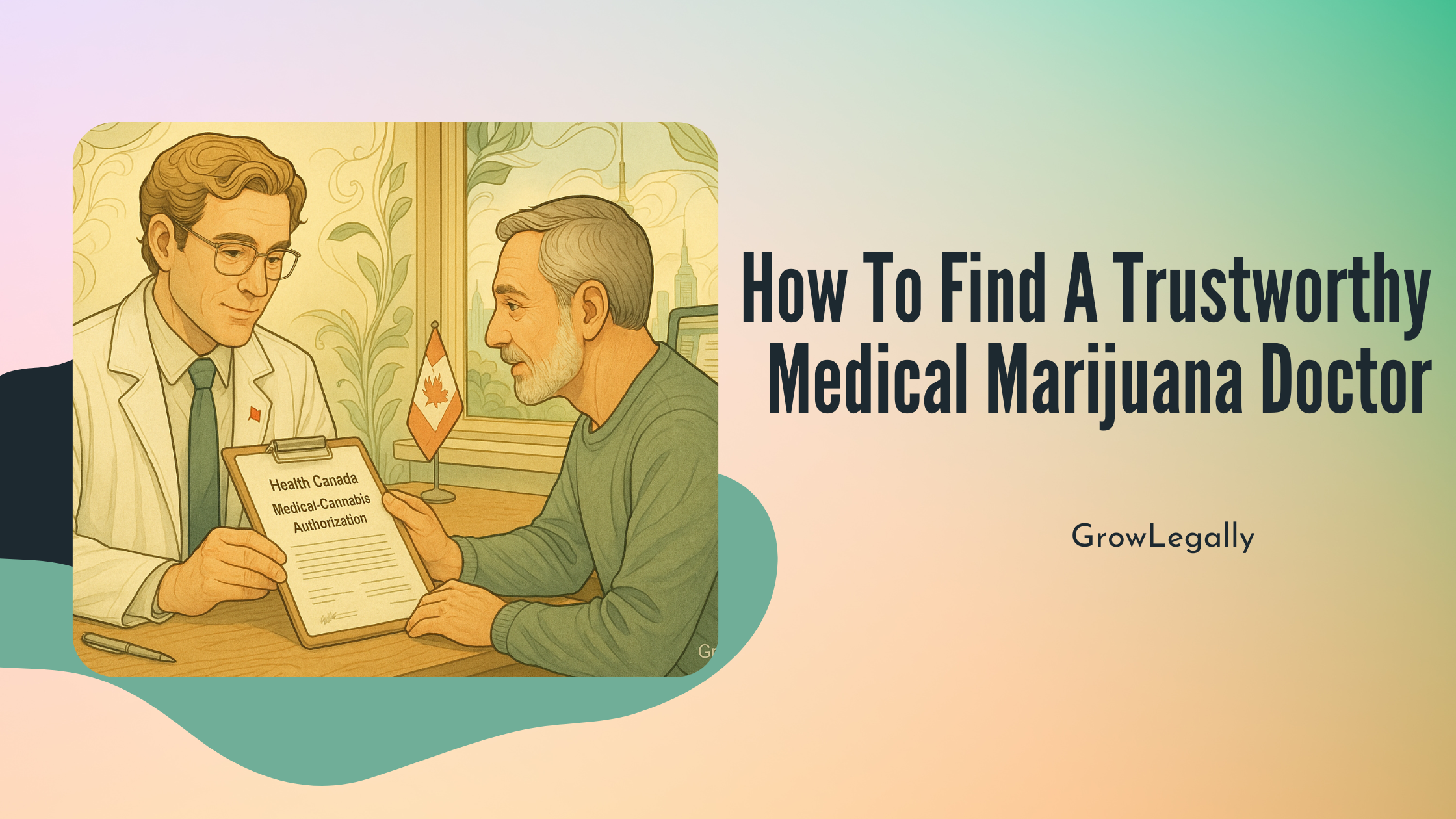

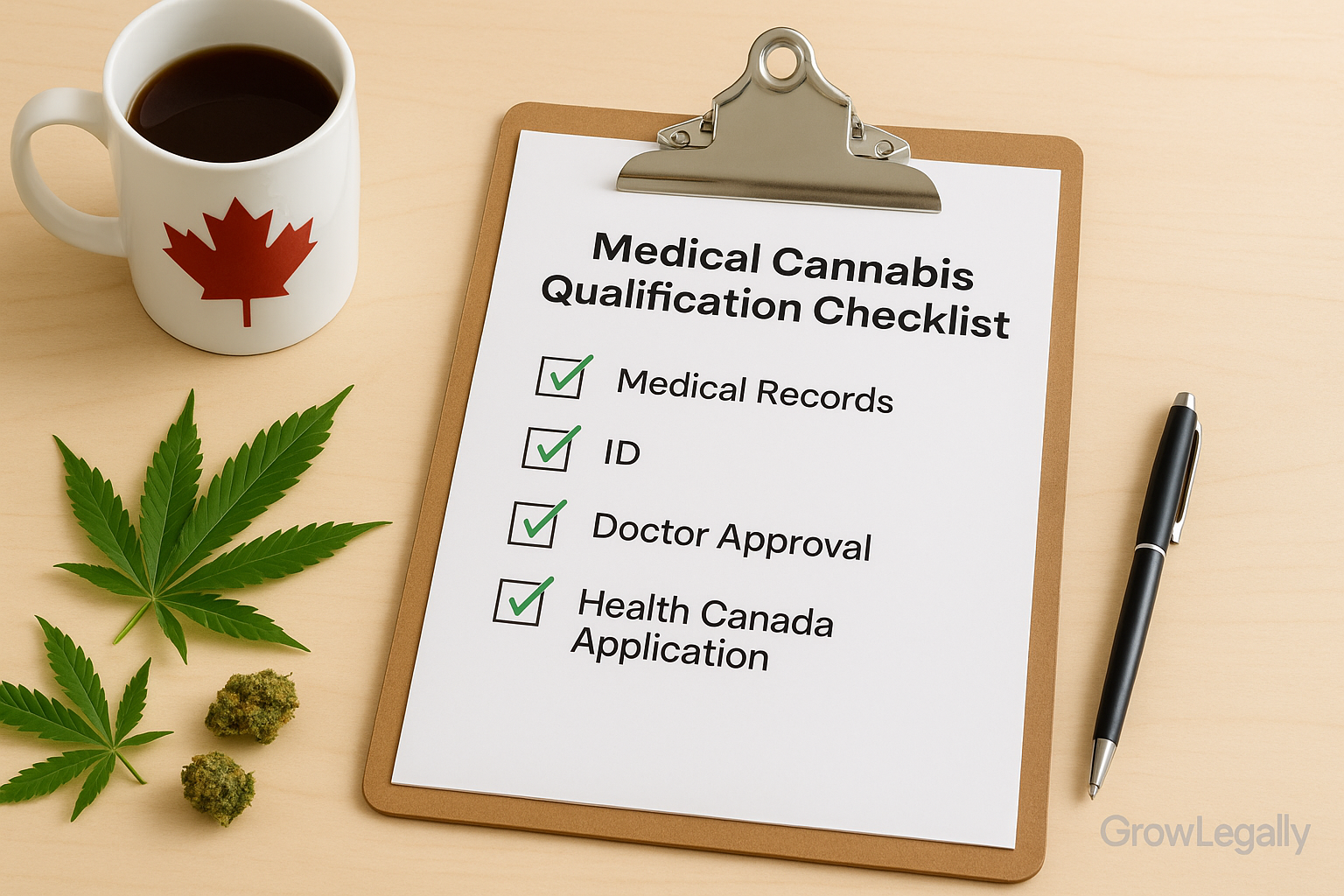
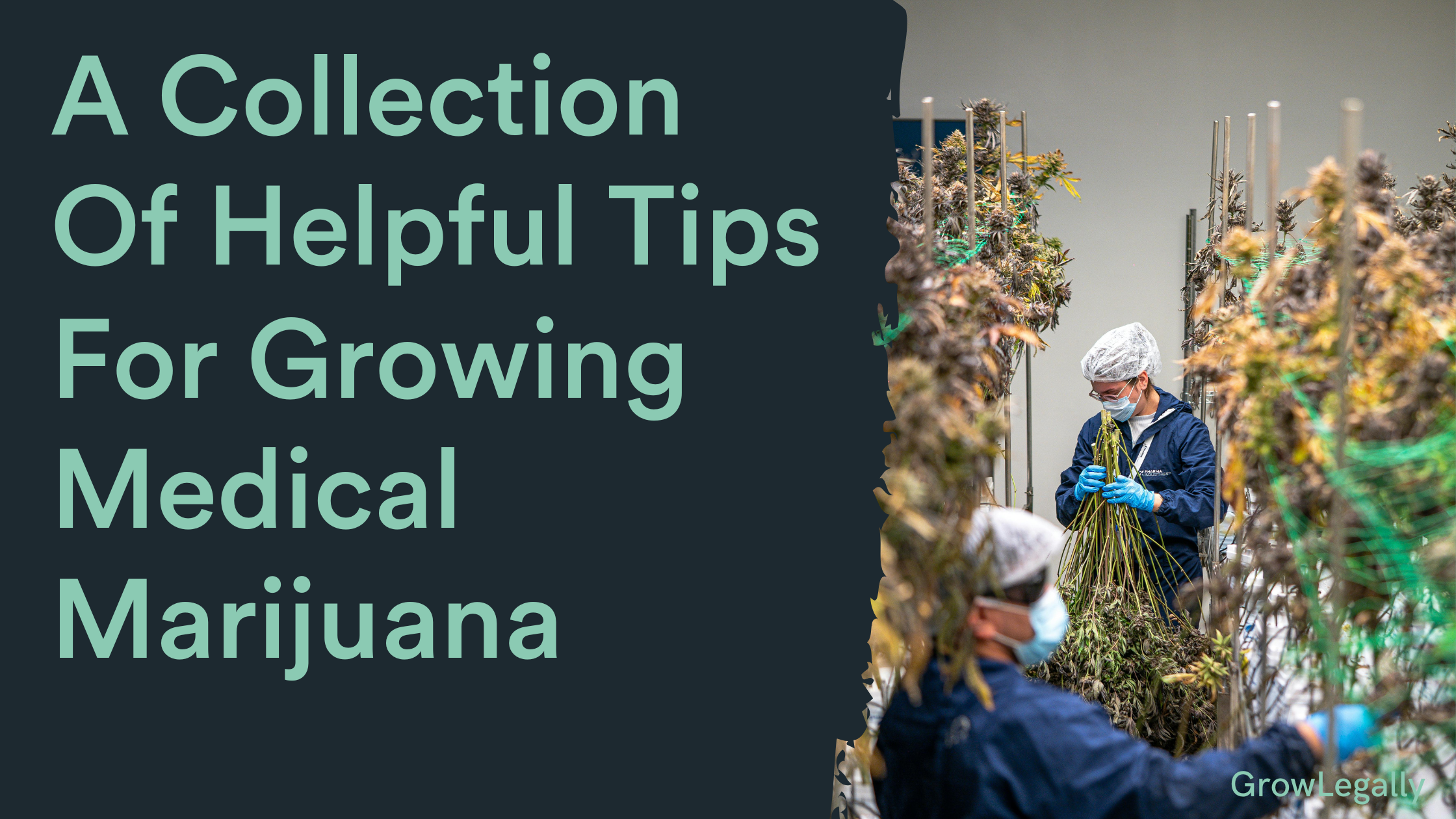
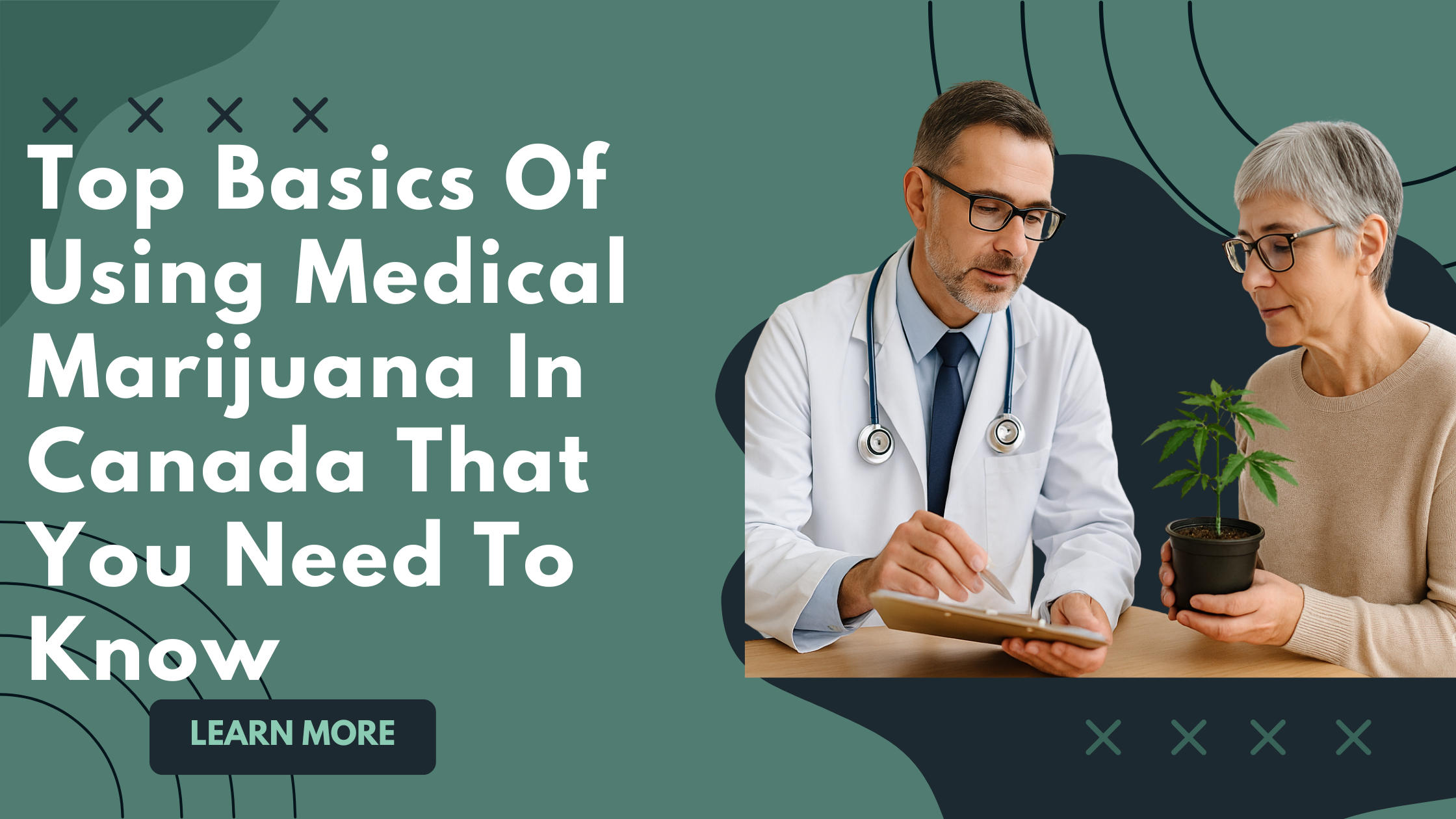
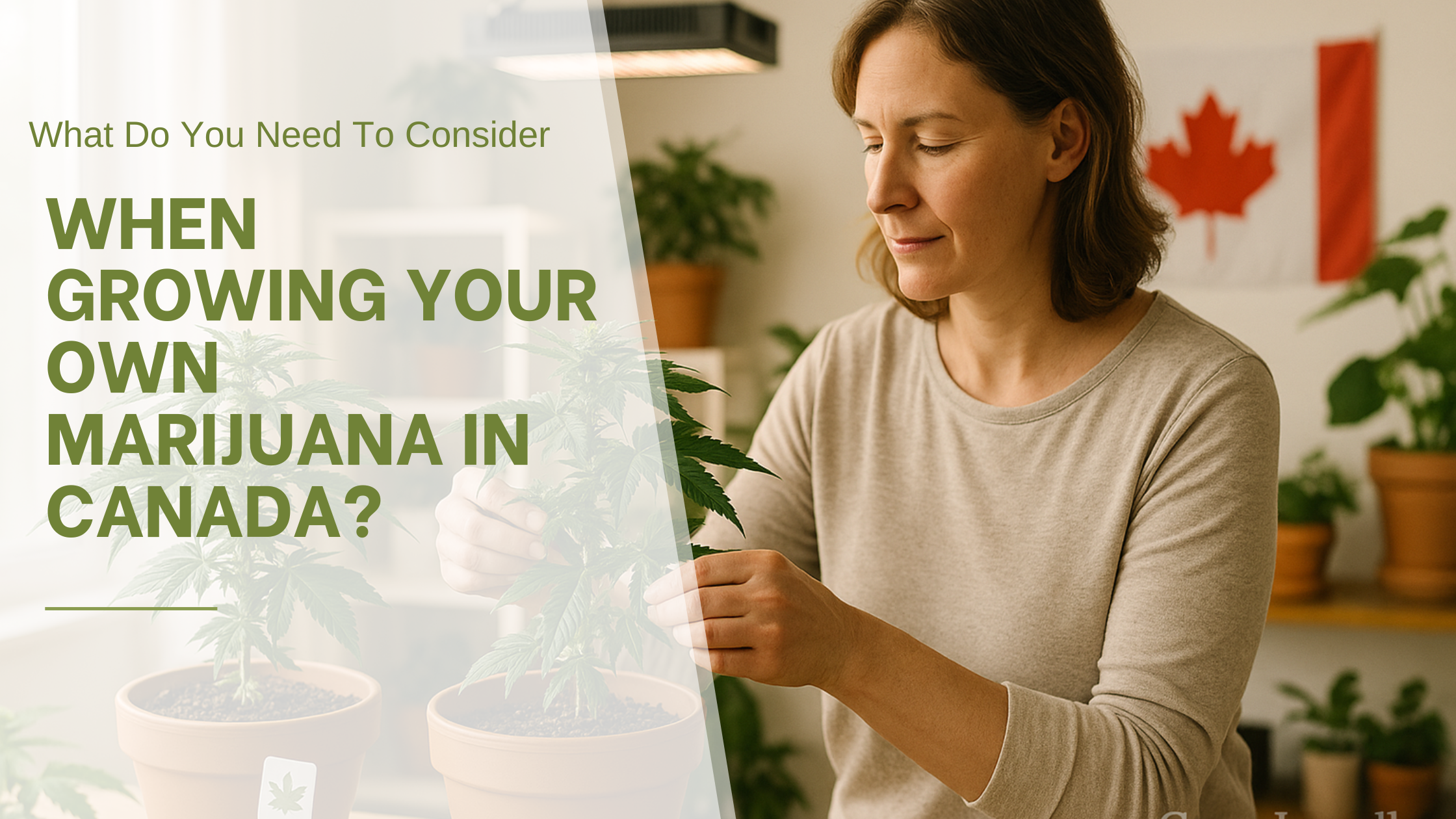


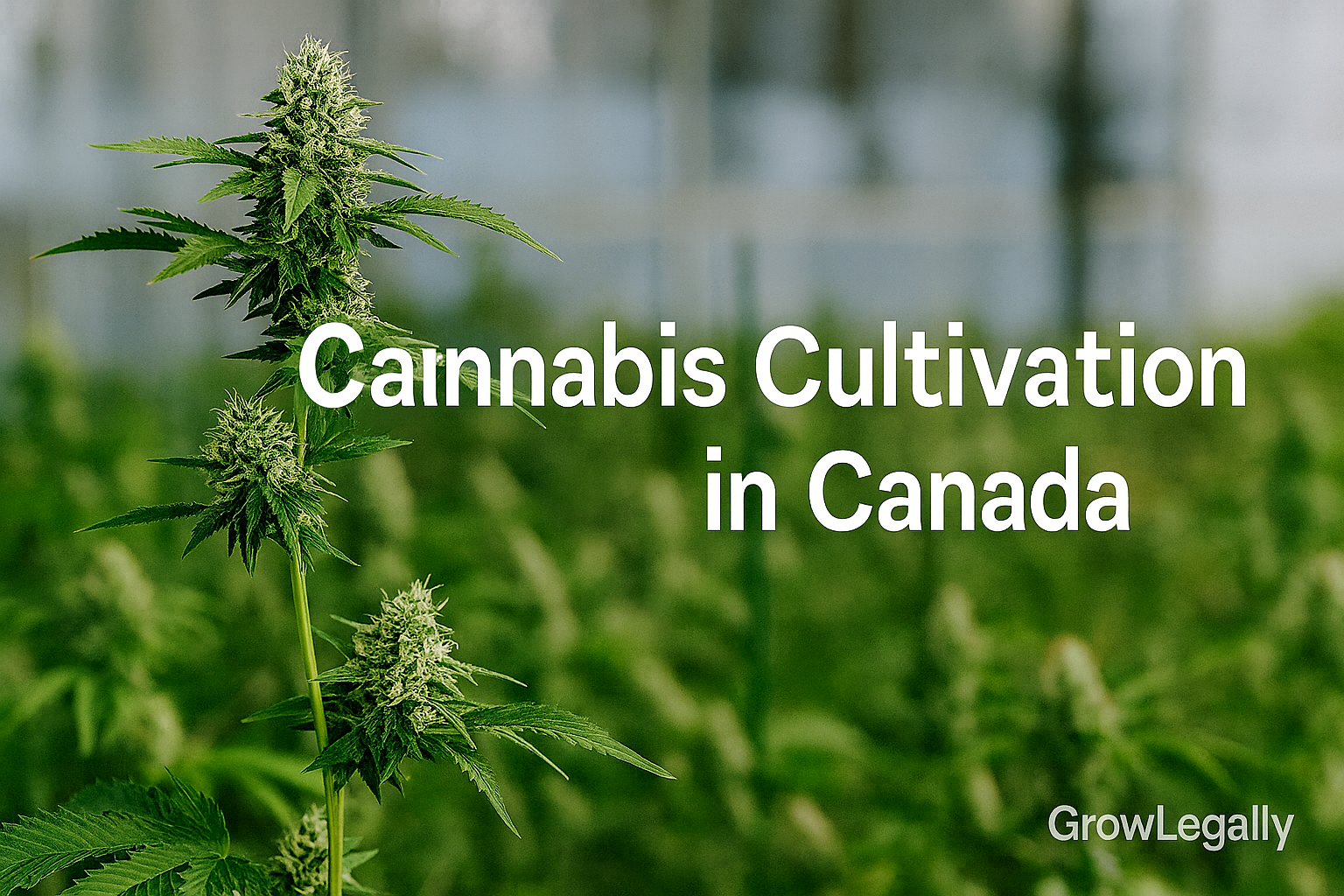
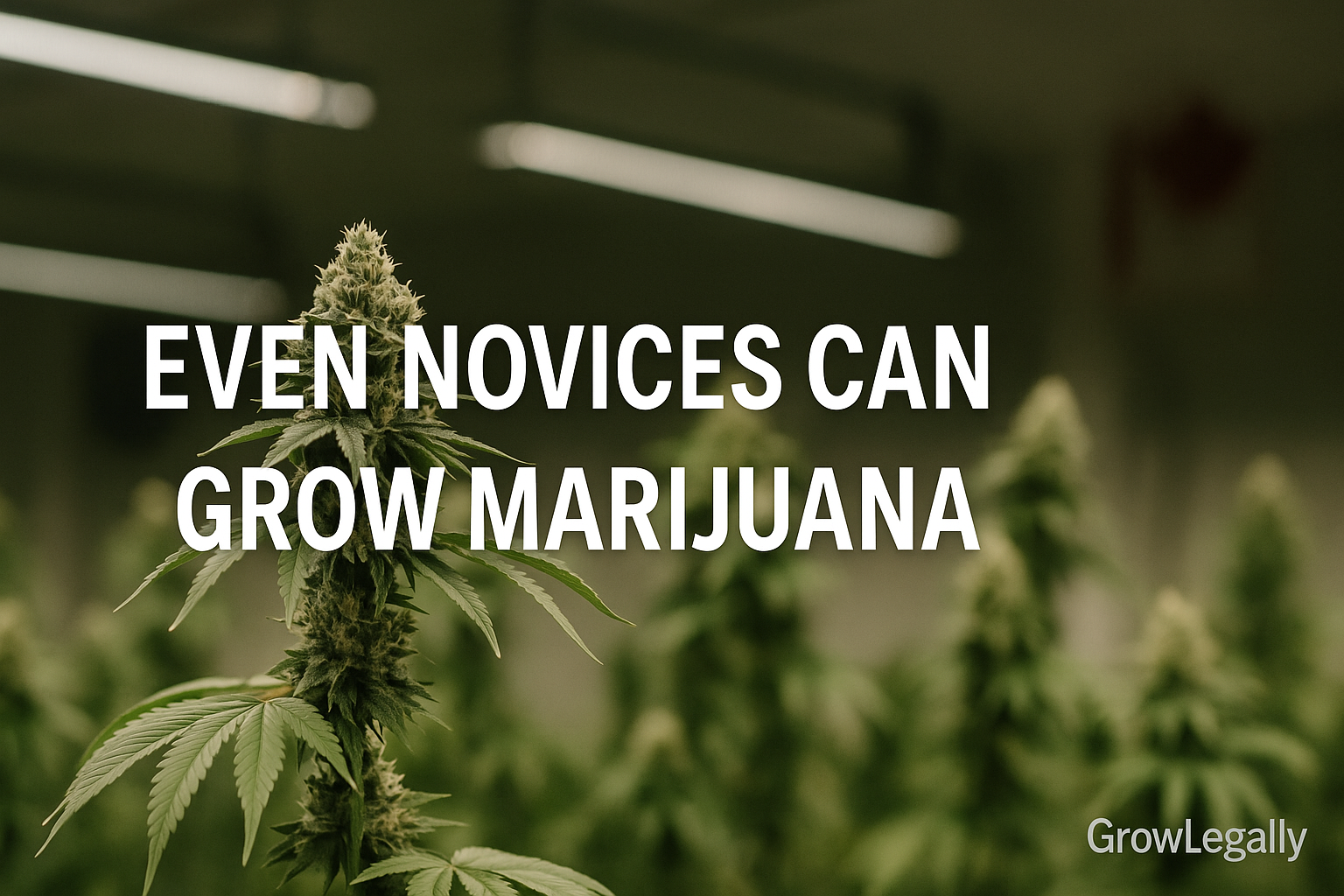




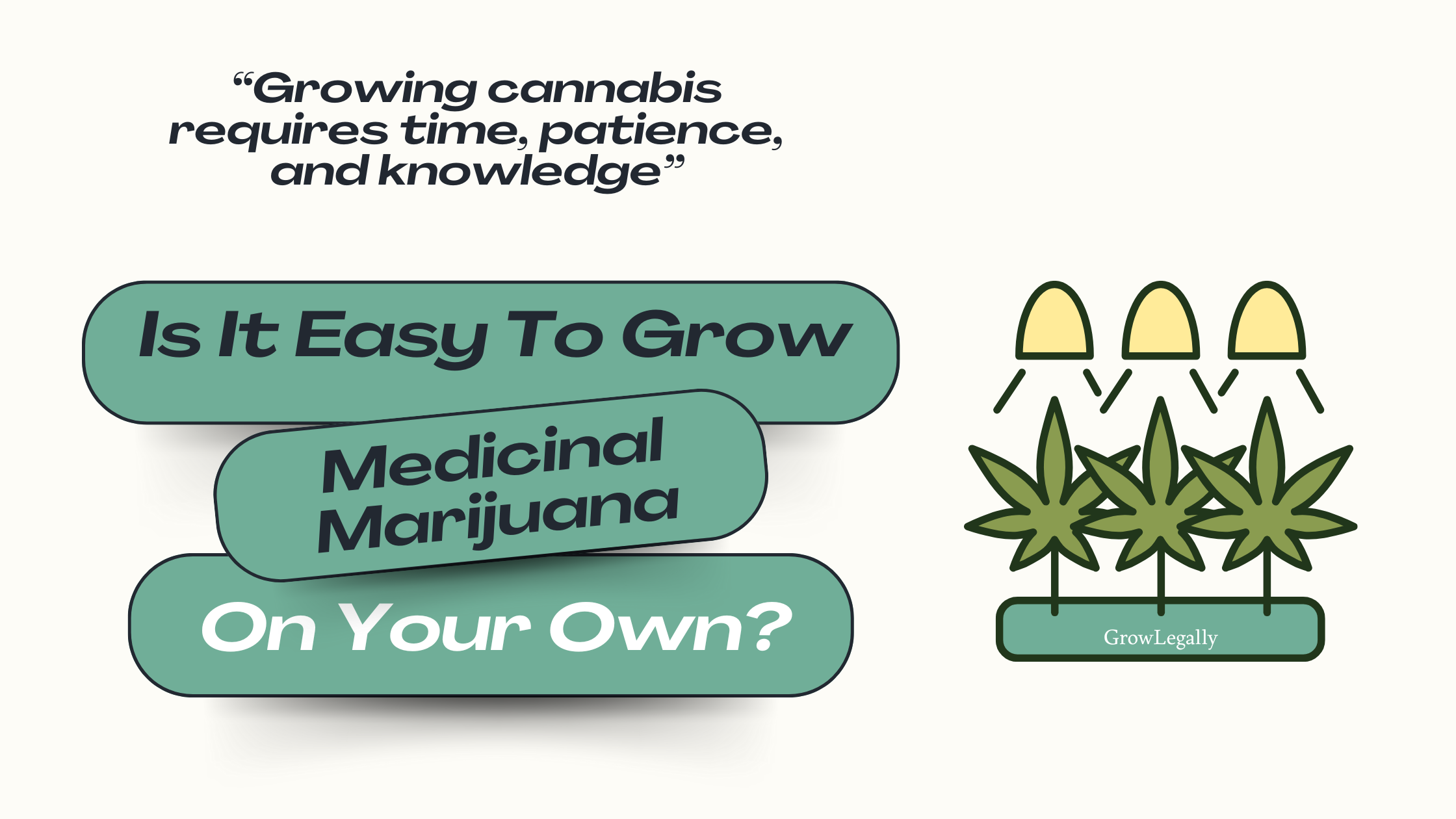
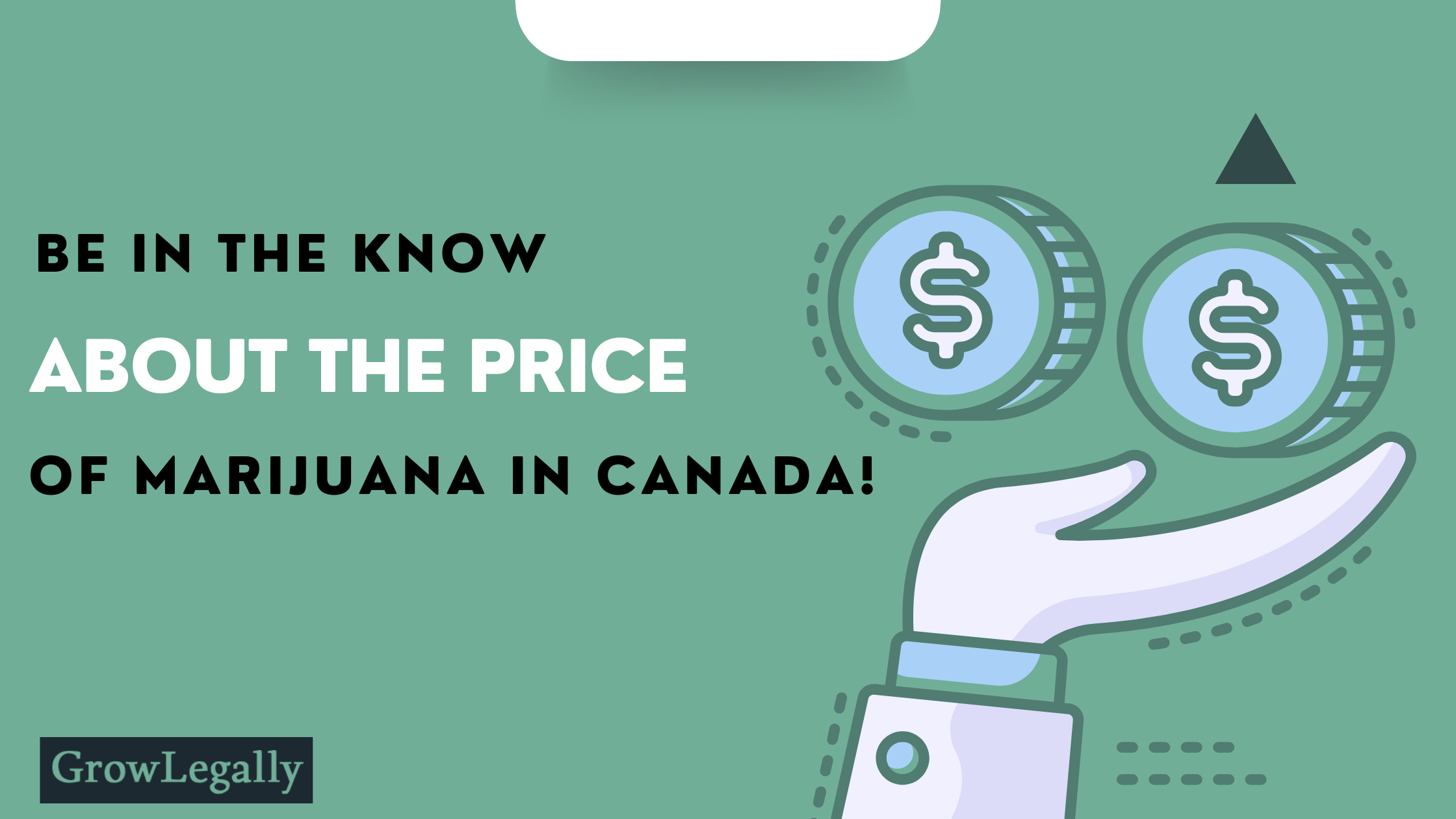





















.png)

















































.png)




























